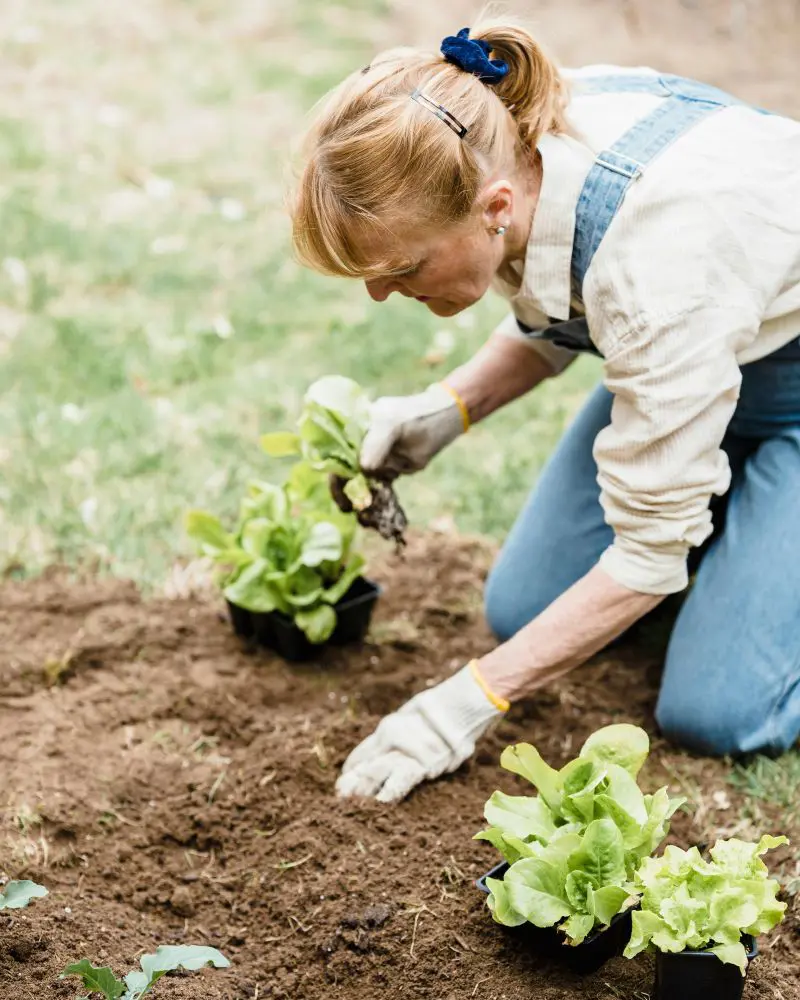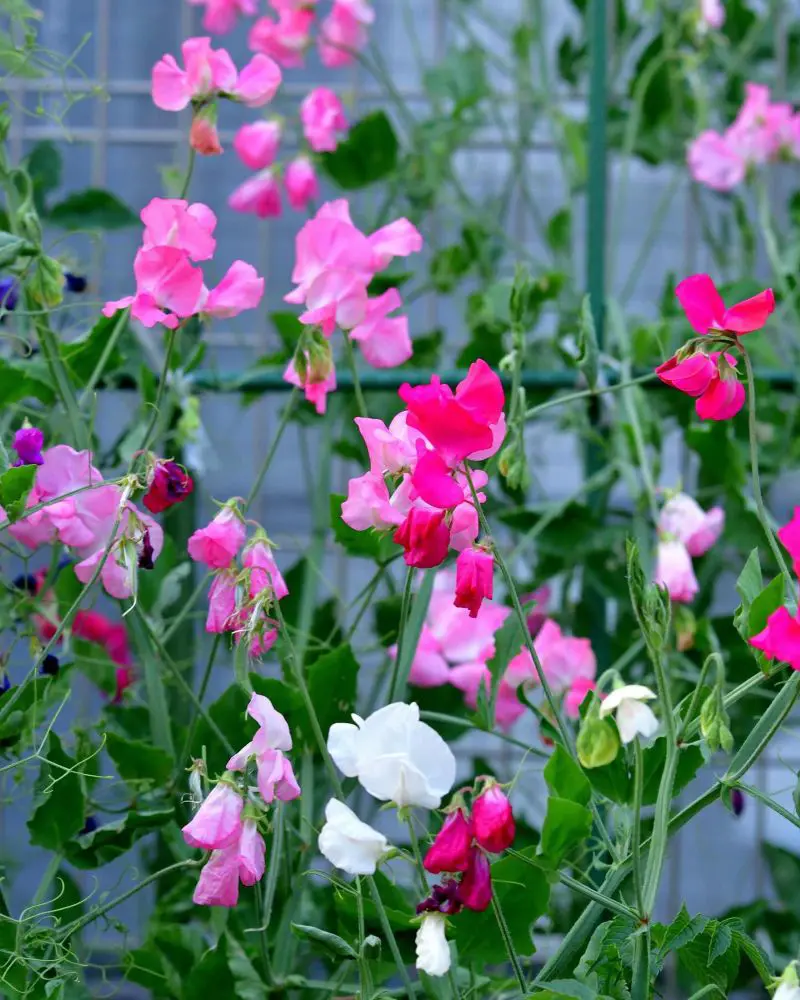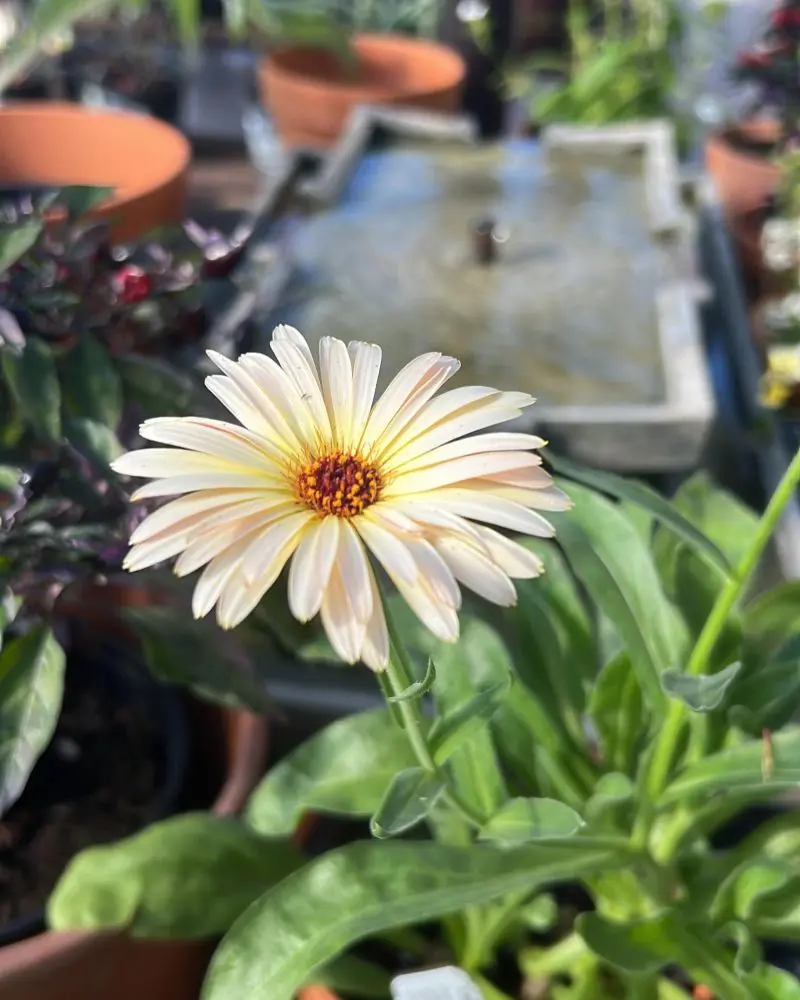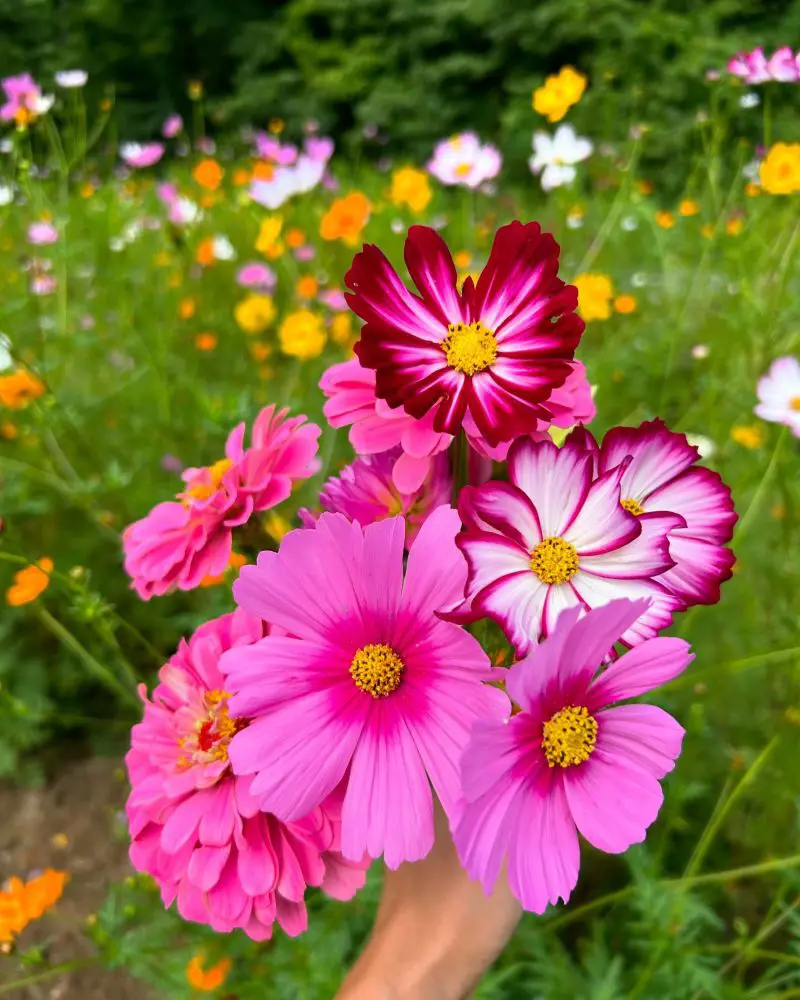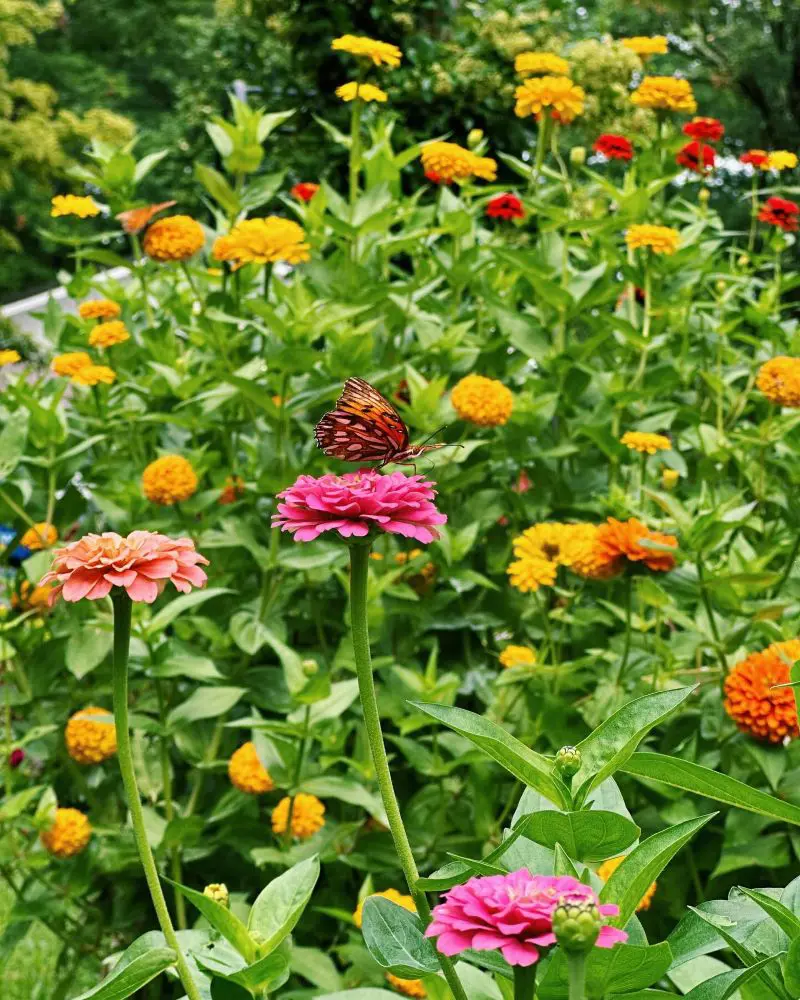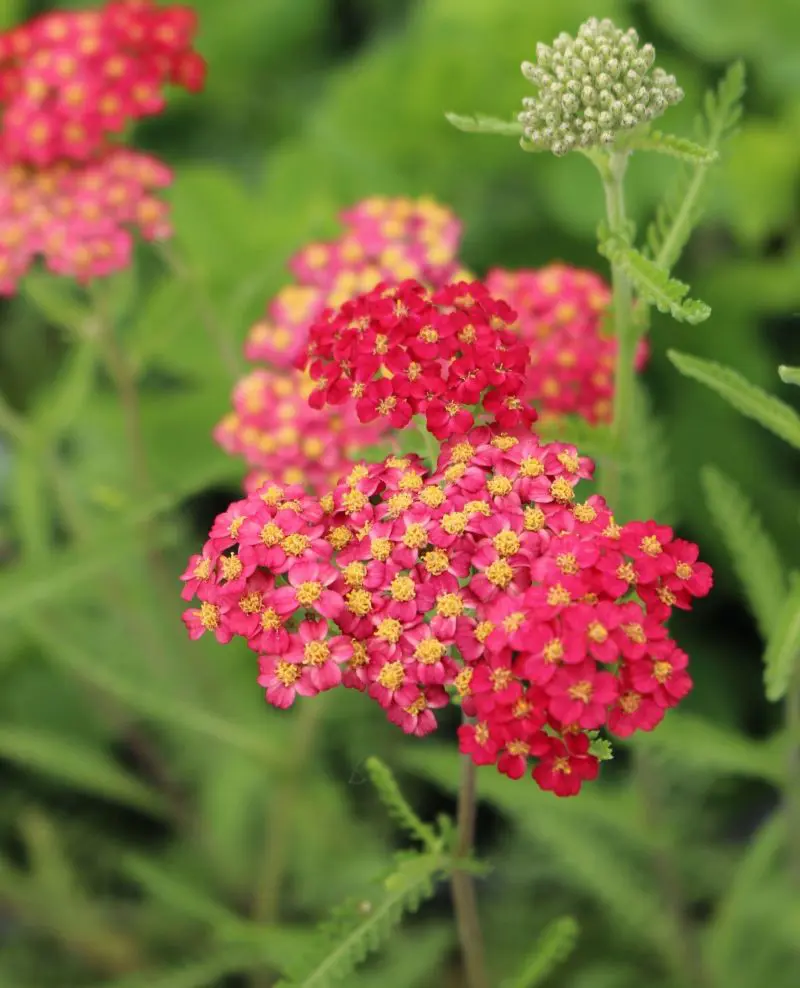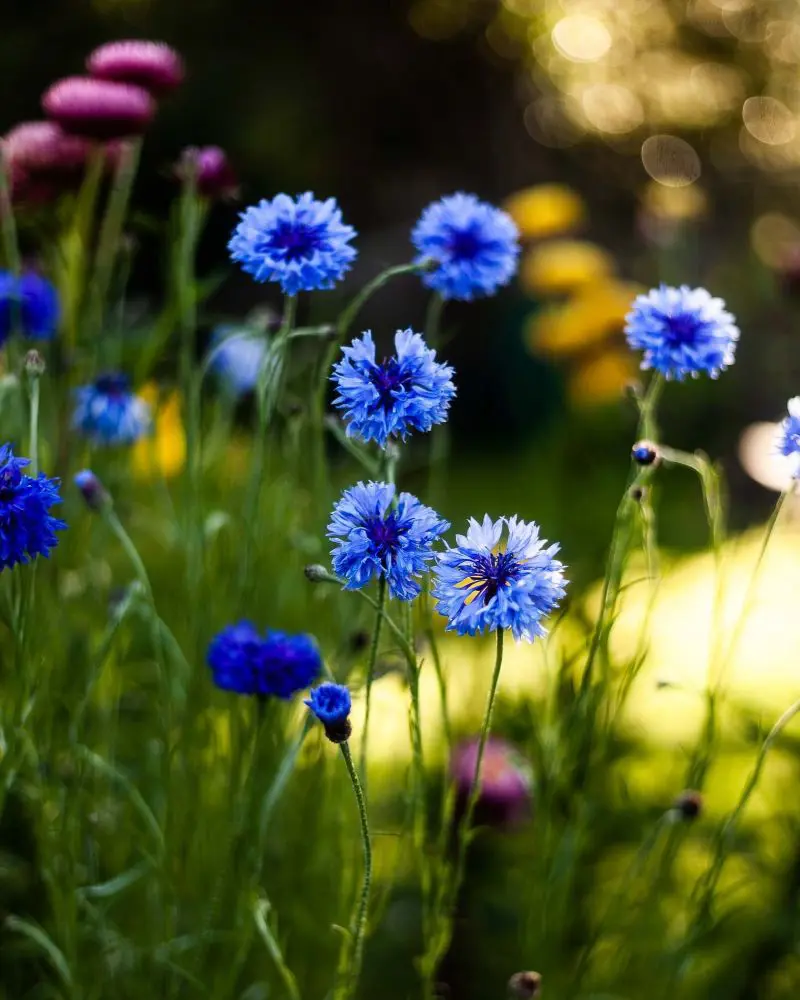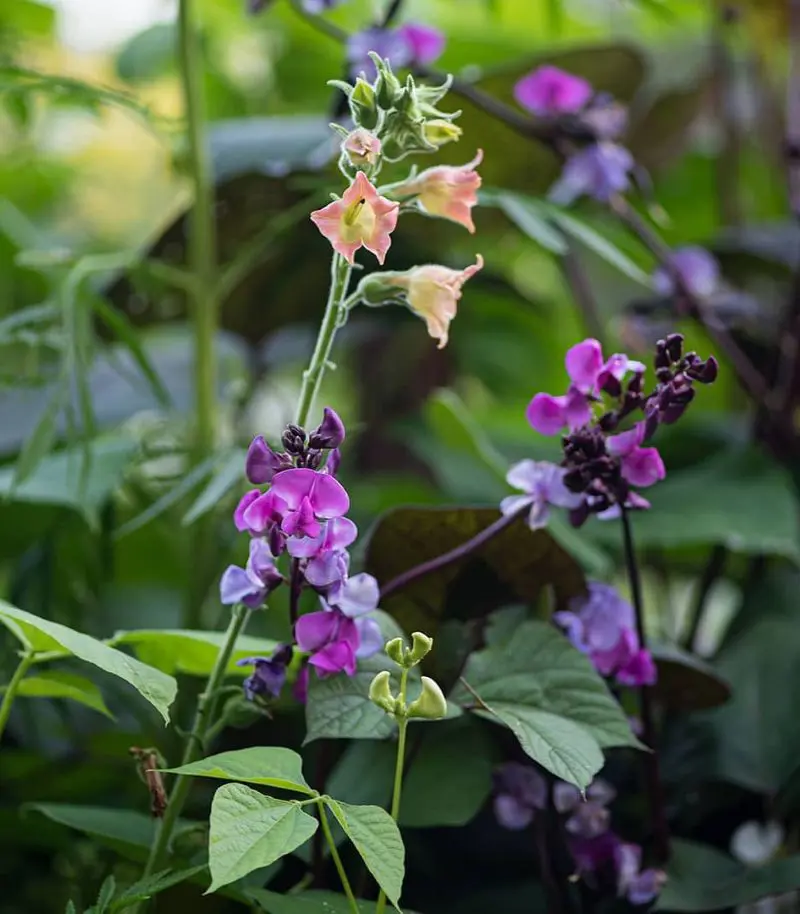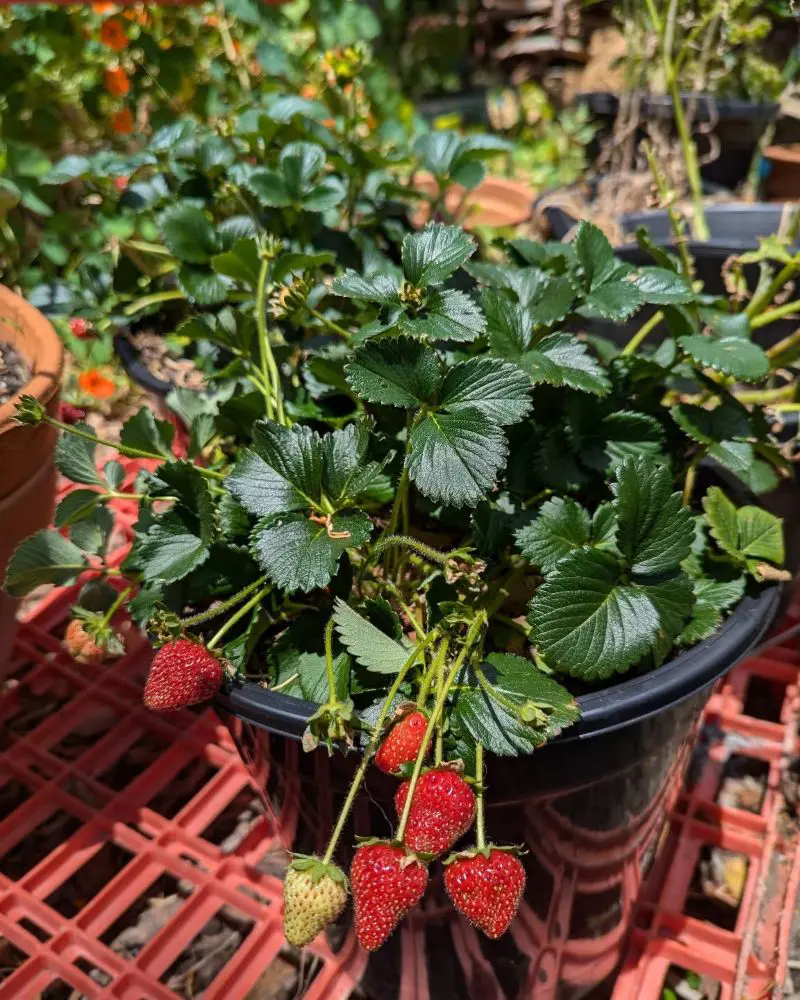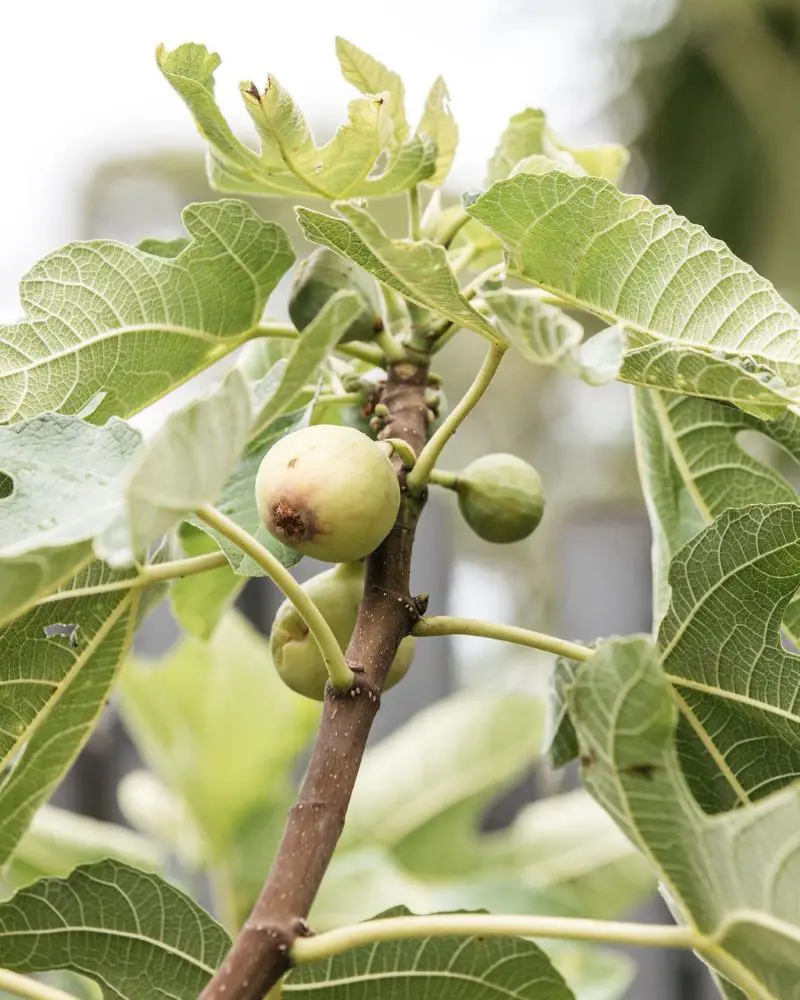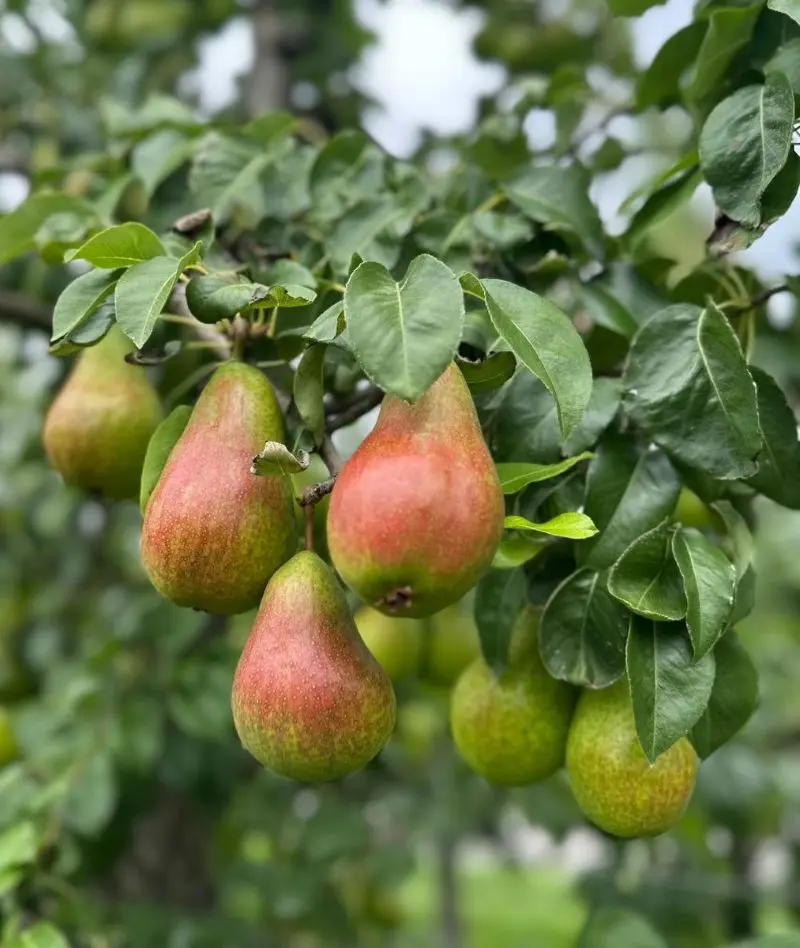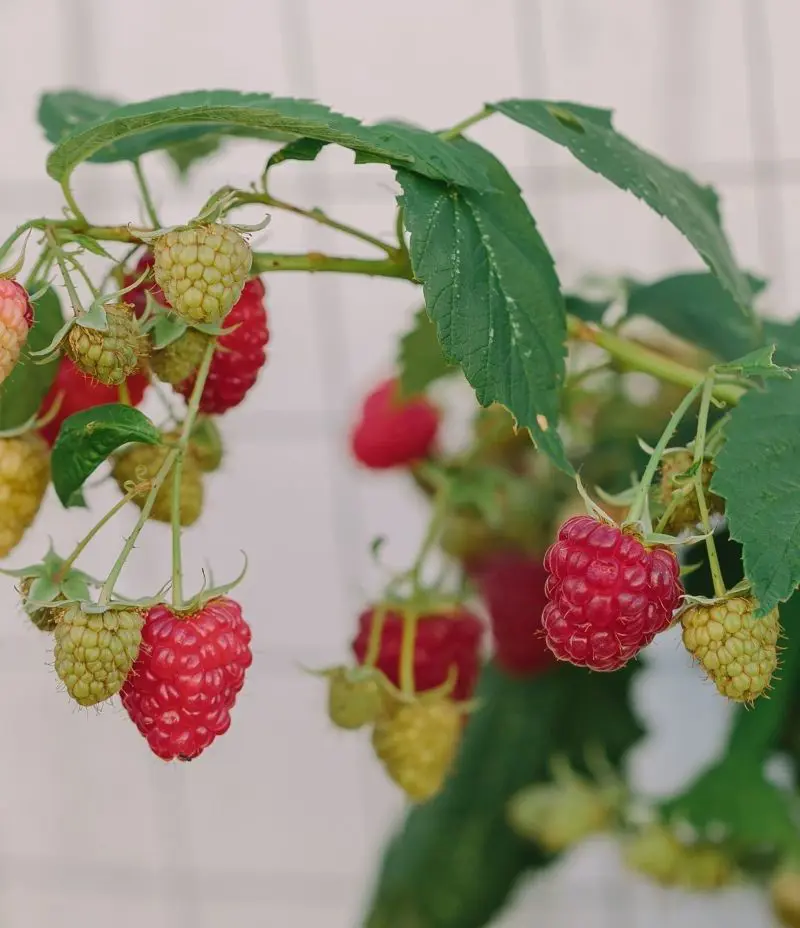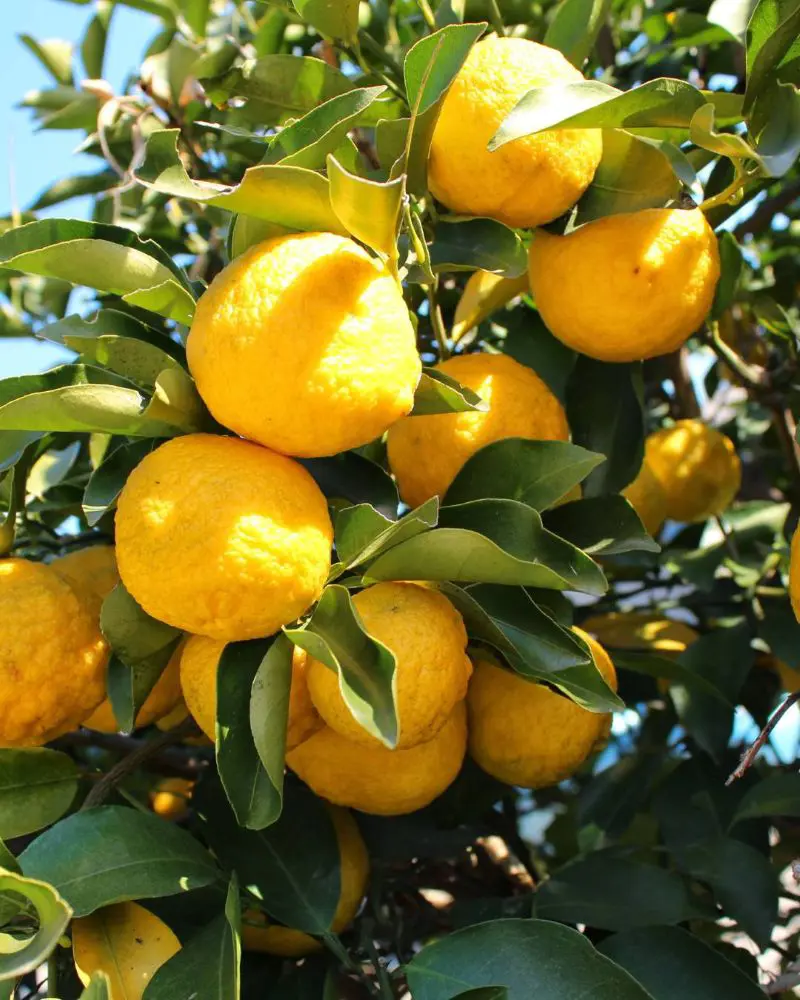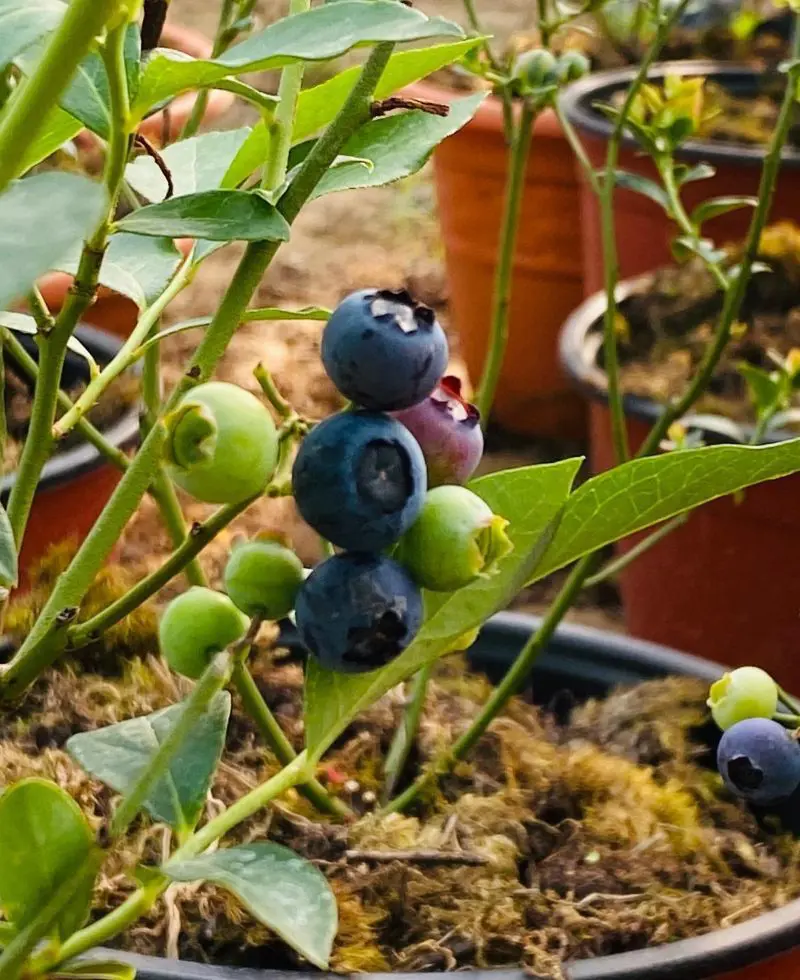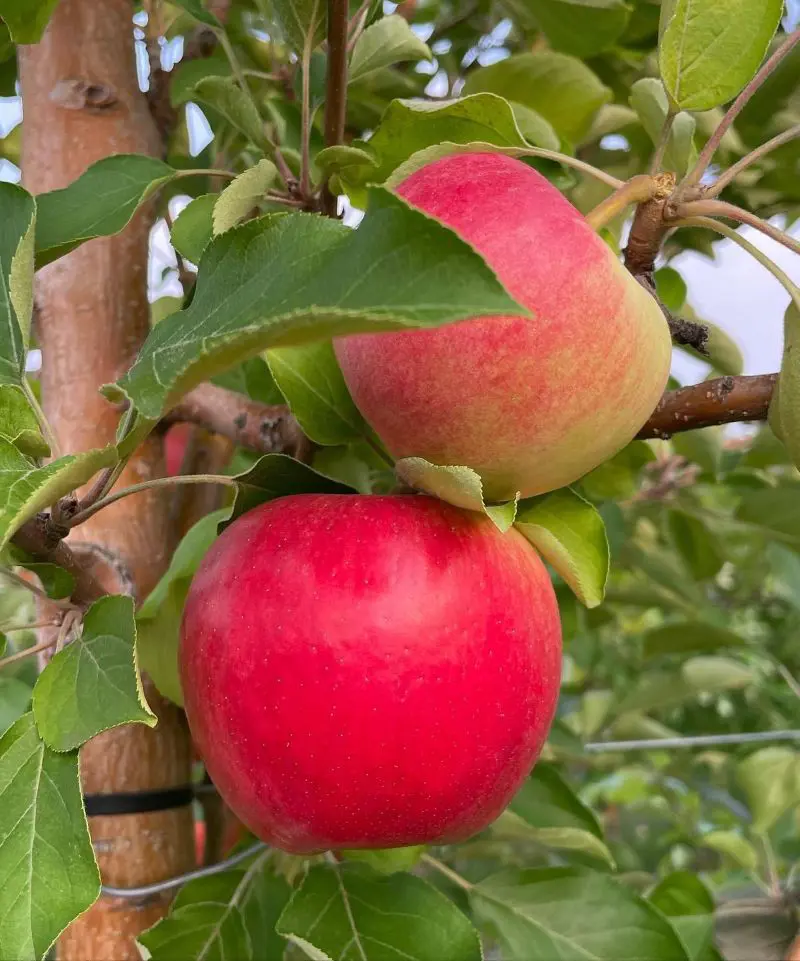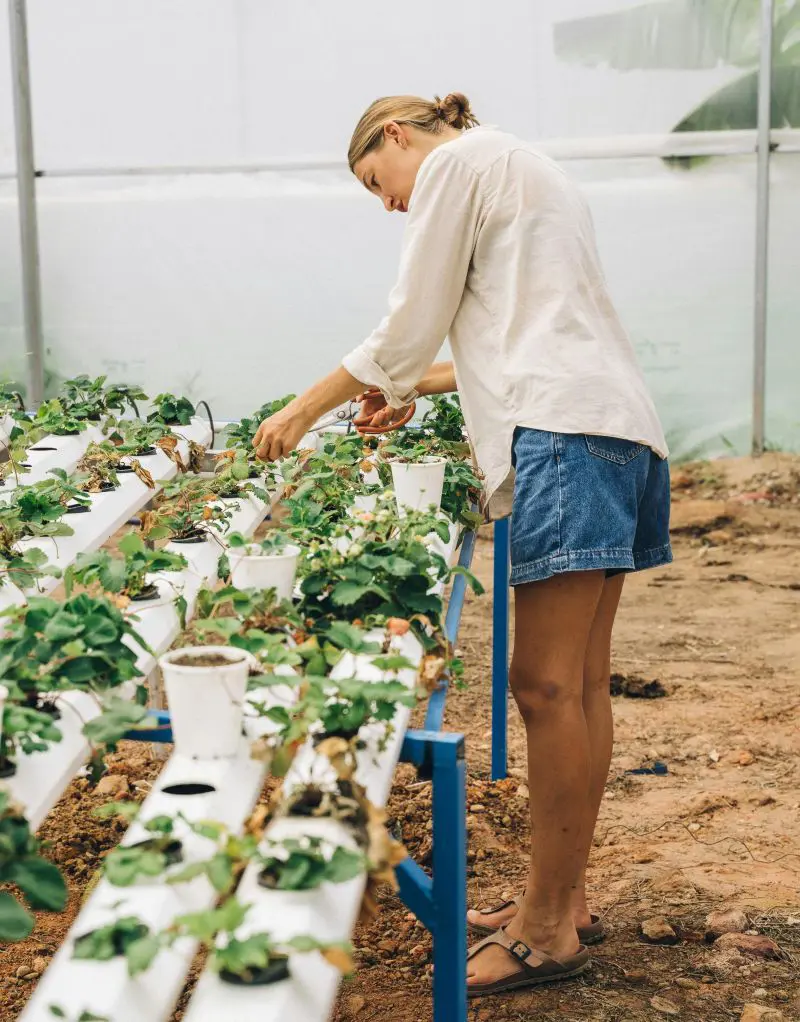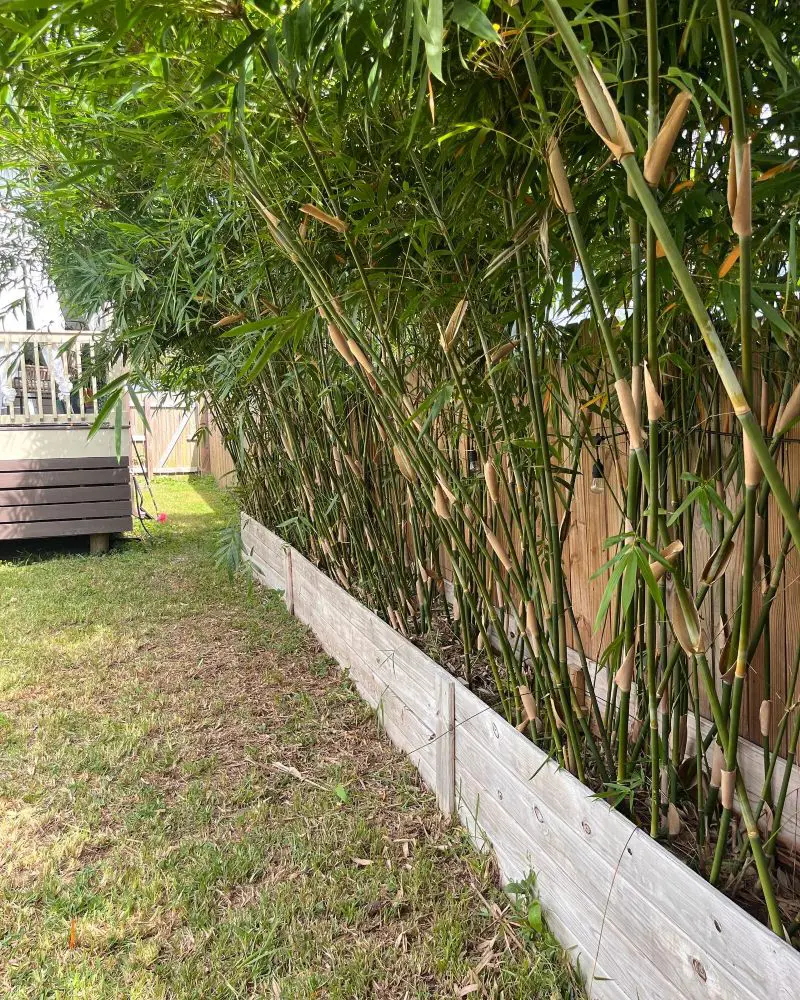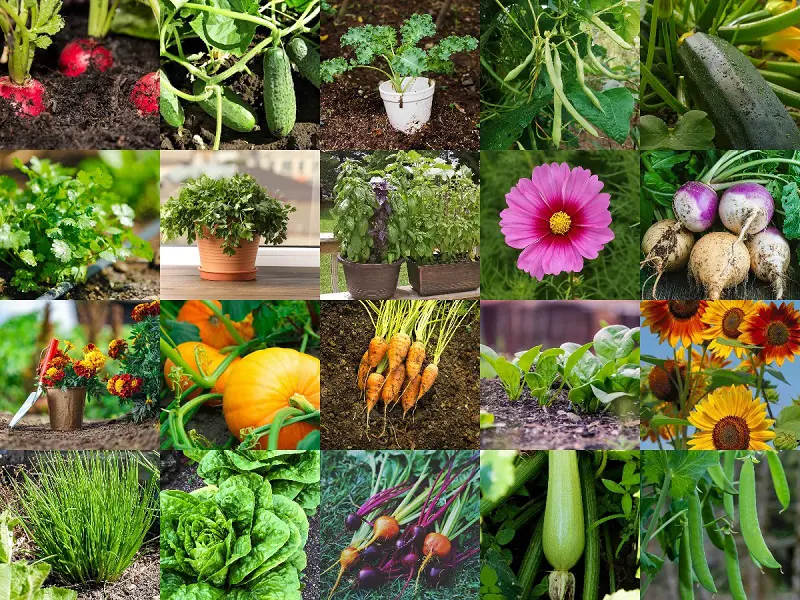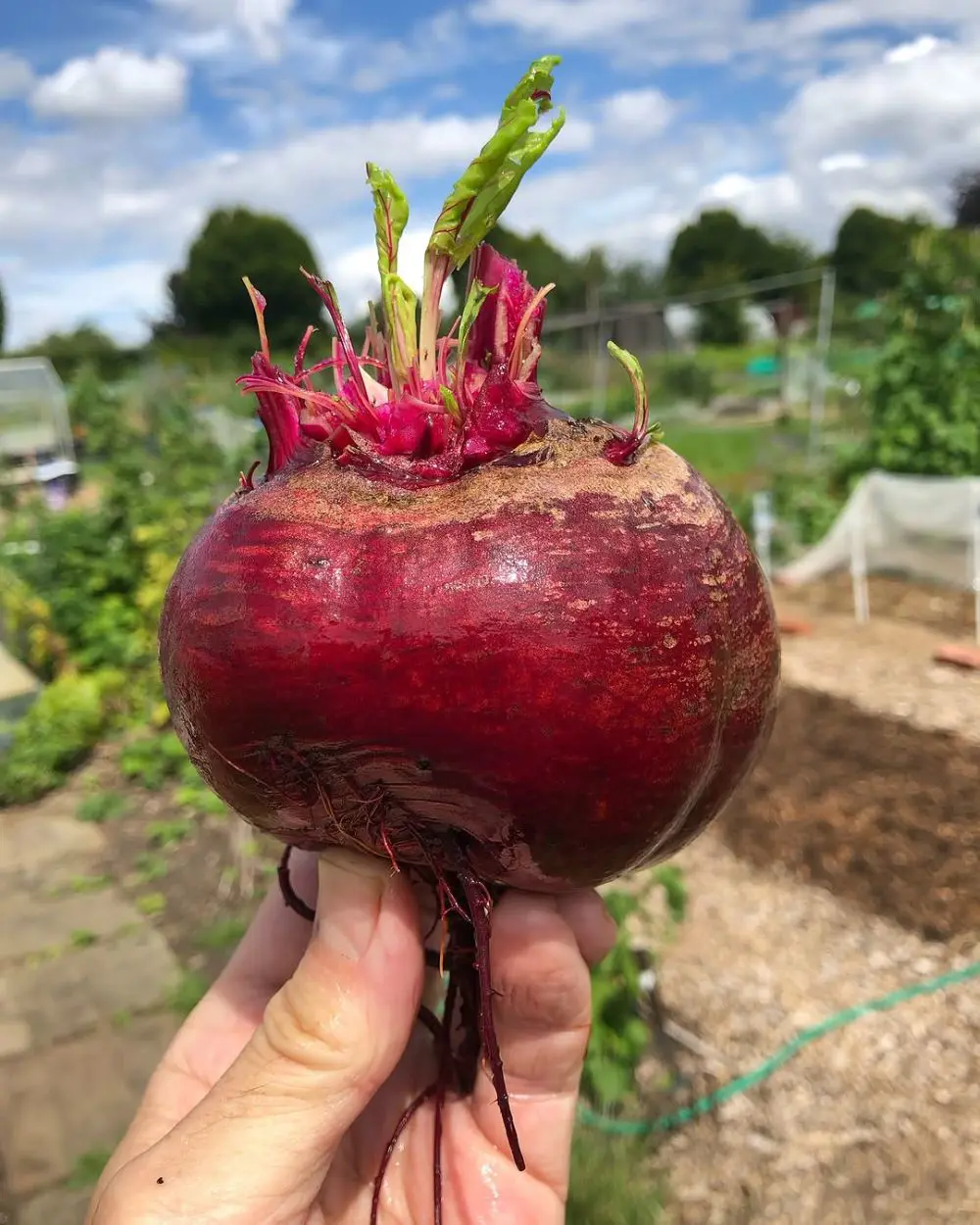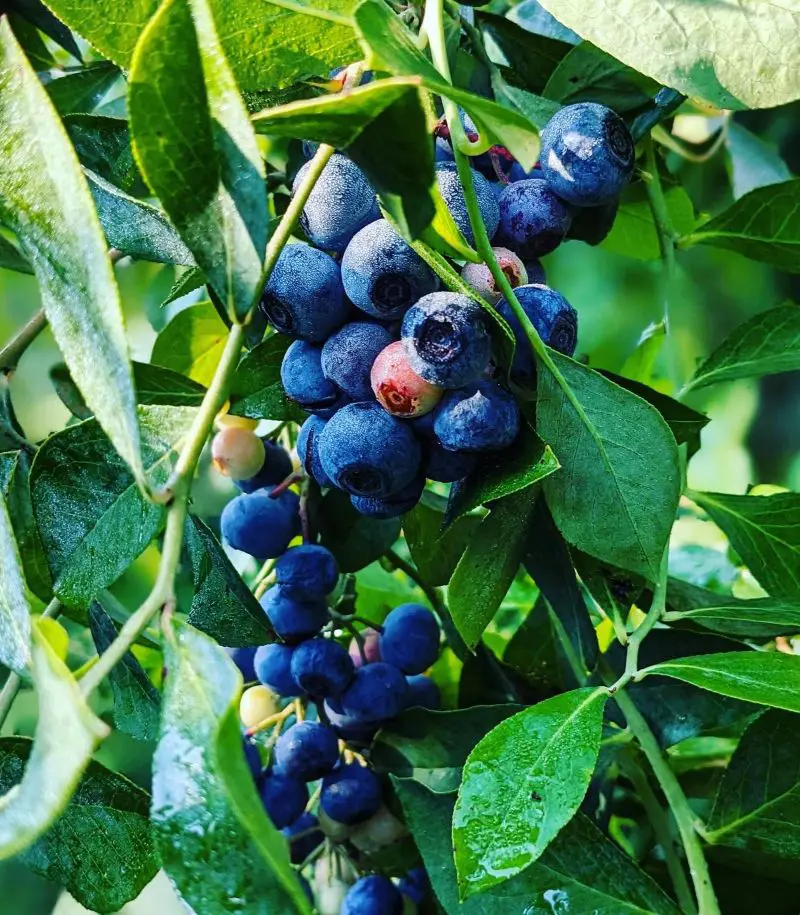Vegetables To Plant In March
March is a bustling month for gardeners, marking the transition from winter dormancy to the active growing season. It's prime time to sow various vegetable seeds directly into the garden and indoors for later transplanting.
If you are in a colder zone, you might need to hold off on sowing seeds as part of your kitchen garden until later in the month. However, gardeners in warmer regions can get busy sowing directly in the soil. March is a great time to plant cool-weather vegetables that withstand the last few frosty days.
1. Broad Beans
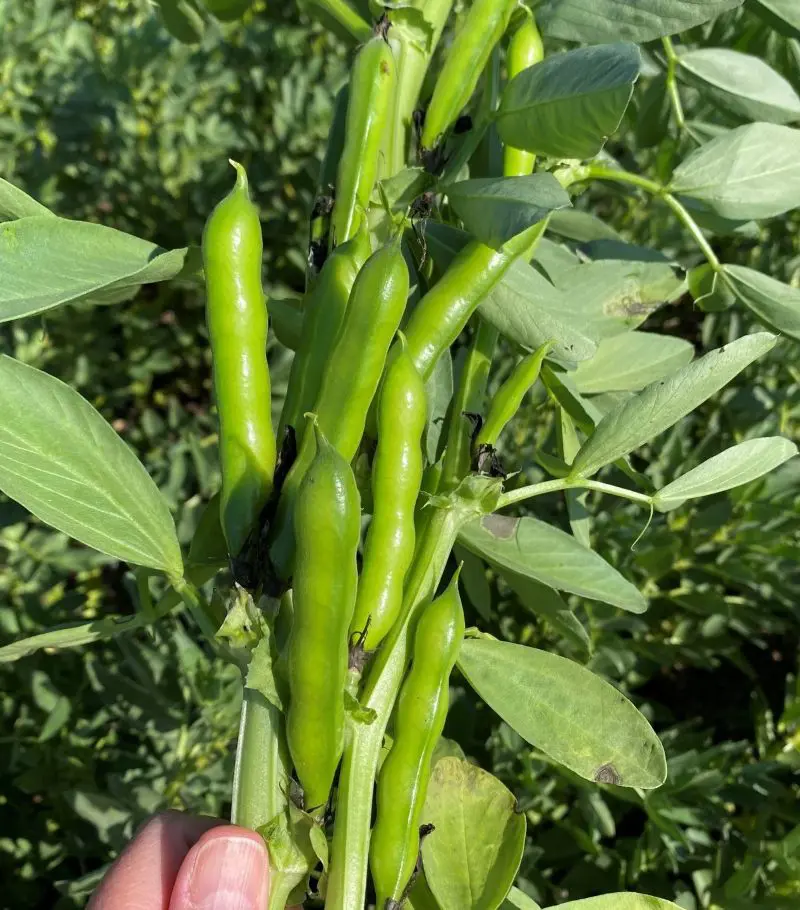
Broad beans are productive, easy-growing, developing tender beans in large pods. They are a cool season crop usually grown in the spring, from March to June, as they prefer colder conditions.
You can sow your broad bean seeds under cover in February and March and directly sow in the garden from March onwards. Sow directly, spacing the seeds 30 cm apart. You can also grow broad beans in pots and use young shoot tips in salads.
2. Peas
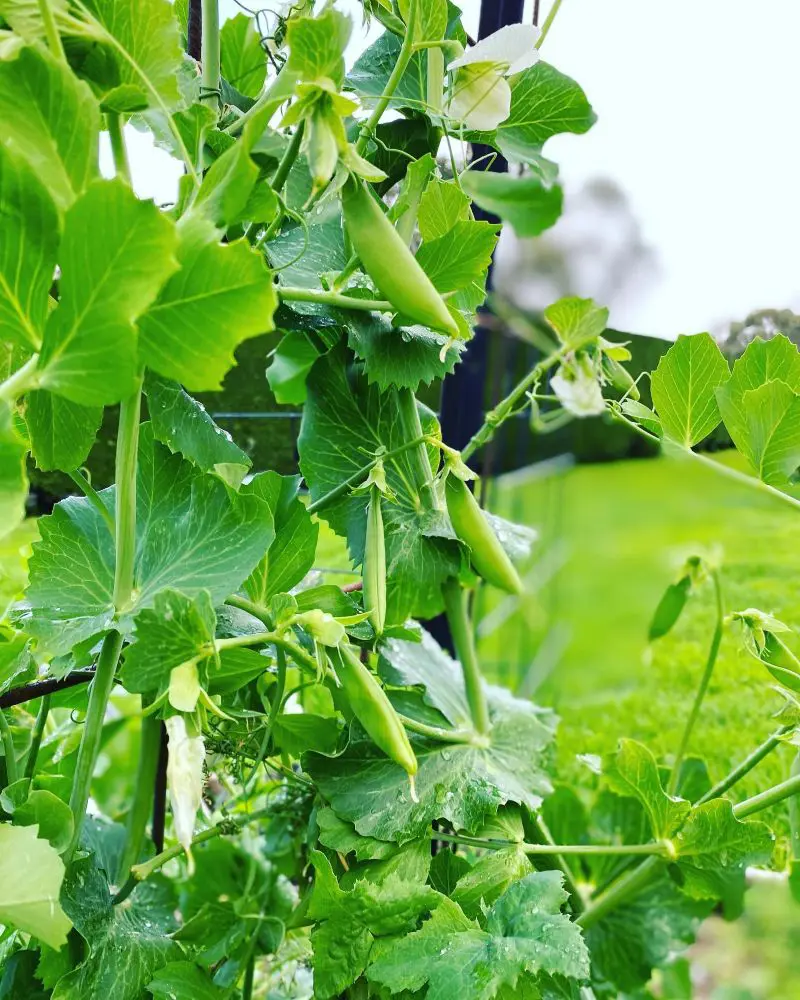
People typically plant peas in early spring, like March, February, or April. Plant peas as soon as you can work the ground, usually in March.
Sow peas in large pots for shoots or the ground for peas. You can choose hardy, early varieties for sowing in March. You can sow them in single or double lines, 5cm deep and 30 cm apart, and cover them with soil or compost.
3. Brussels Sprouts
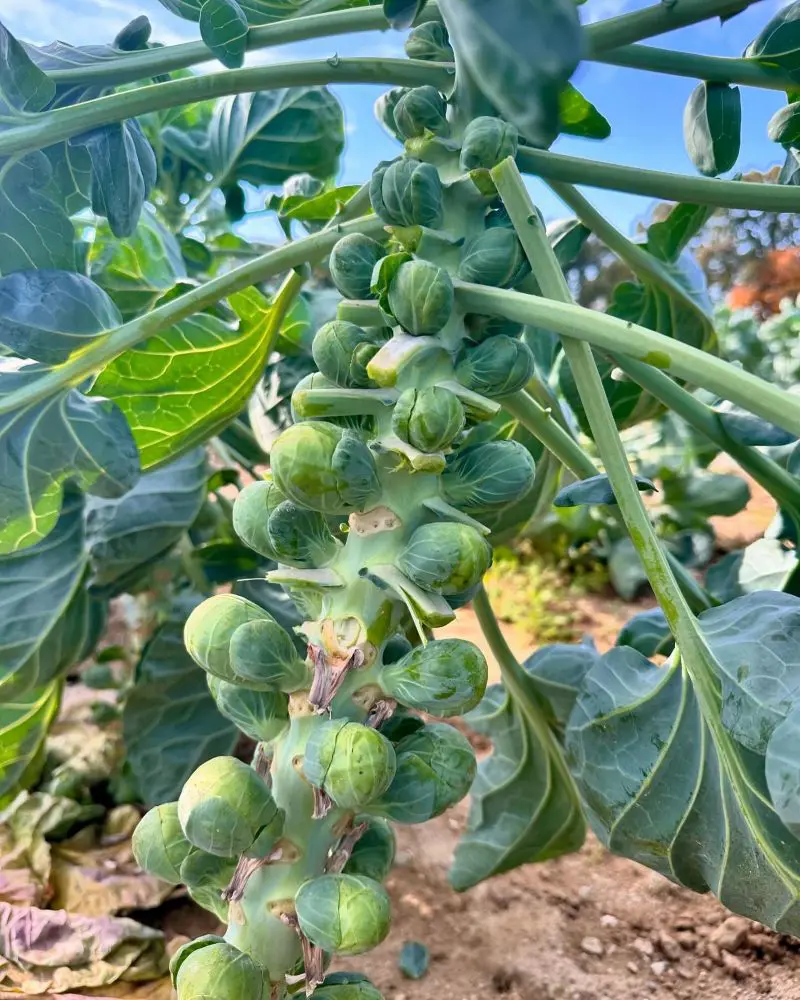
Brussels sprouts are a cool-season vegetable that benefits from being started early in the season to ensure they mature before colder months.
They mature best in cool and even in lightly frosty weather. Most gardeners sow their seeds indoors in March, allowing them to grow into seedlings before transplanting outdoors once the weather is suitable.
4. Potatoes
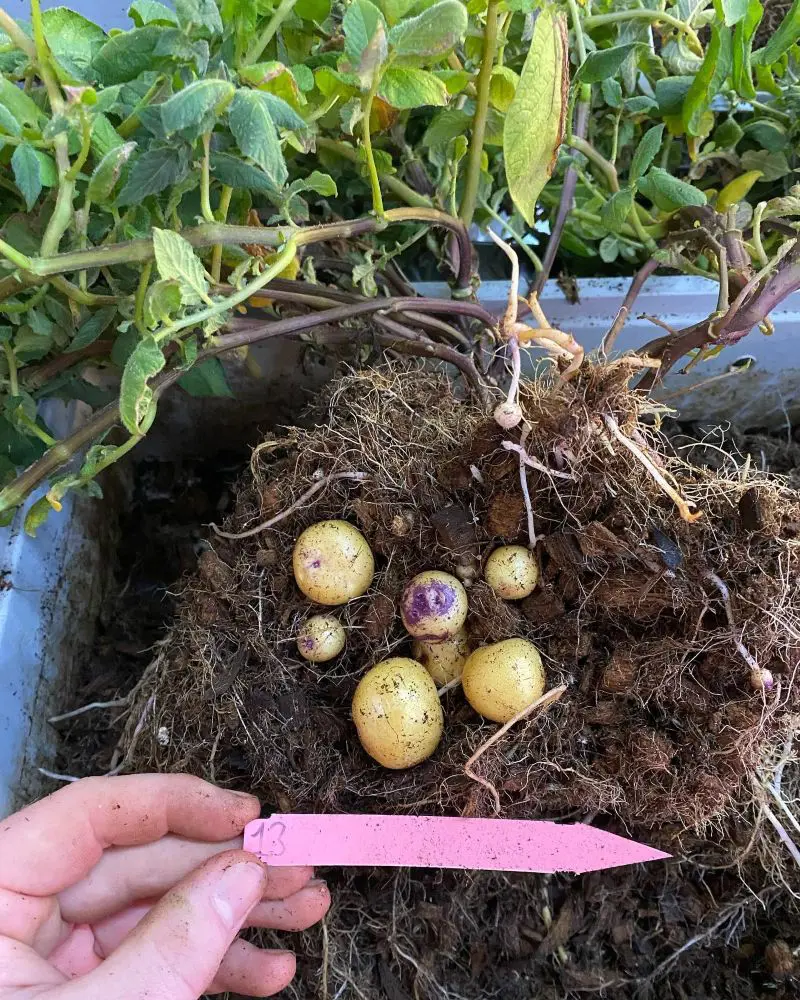
March is a pleasant month for planting different potato varieties. By planting potatoes in March, you can benefit from harvesting before early summer, because the excess tropical climate can damage plants or cause certain diseases.
You can plant the first potatoes in early March. As they can deal with a light frost, since the soil insulates them, you can sow this vegetable two to four weeks before the last frost date.
5. Broccoli
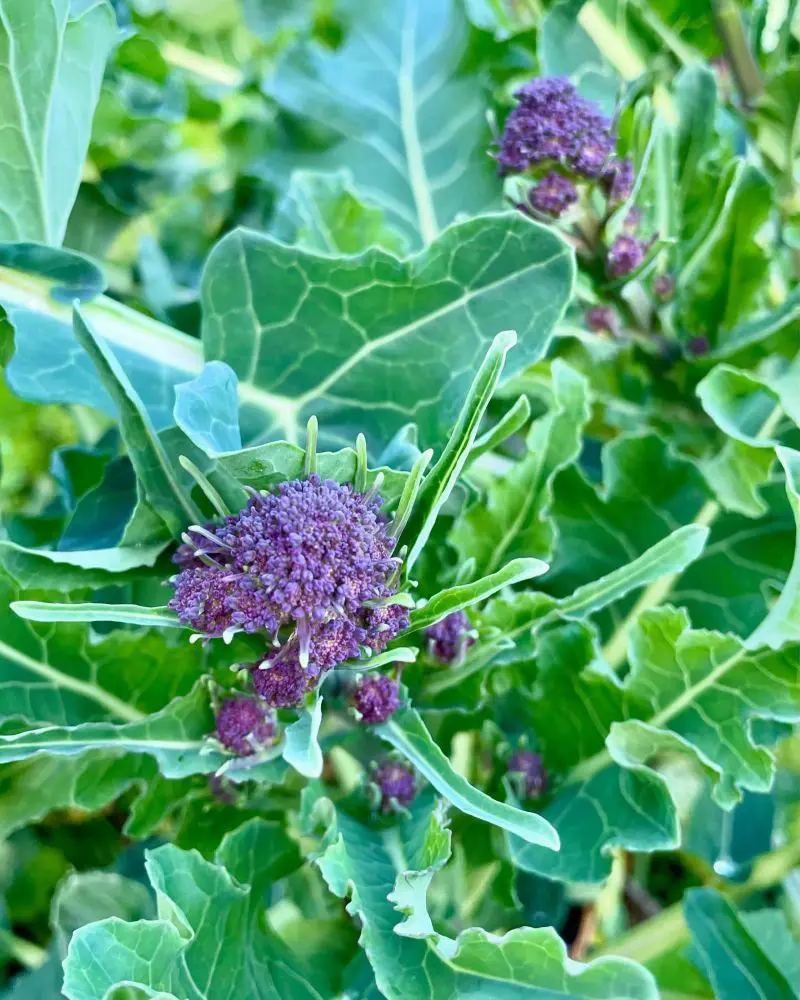
March can be a good time to plant broccoli, depending on your local climate and whether you're starting seeds indoors or outdoors. It is better to plant broccoli seeds indoors in March or February.
Starting seeds indoors in March allows you to get a head start on the growing season, especially in regions with shorter growing seasons. Use small pots with seedling compost and sow seedlings in small batches every few weeks.
6. Sweet Pepper
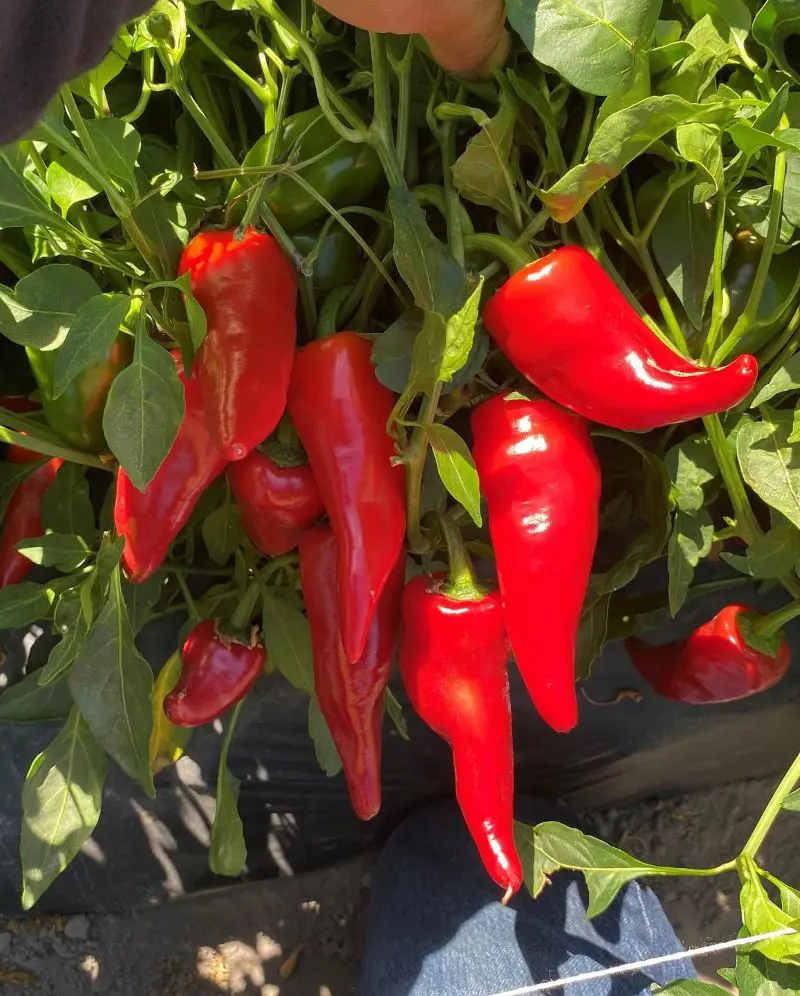
Sweet peppers usually require warmth and sunlight and do best in pots, ideally in a greenhouse. It is best to plant if you start the seeds indoors to germinate, making March a suitable time to begin growing them for later outdoor planting, depending on the climate conditions.
You can start seeds indoors in early March or plant them precisely outdoors in late March or early April. You should ensure your indoor environment is warm enough, as peppers need warm soil to germinate.
7. Tomatoes
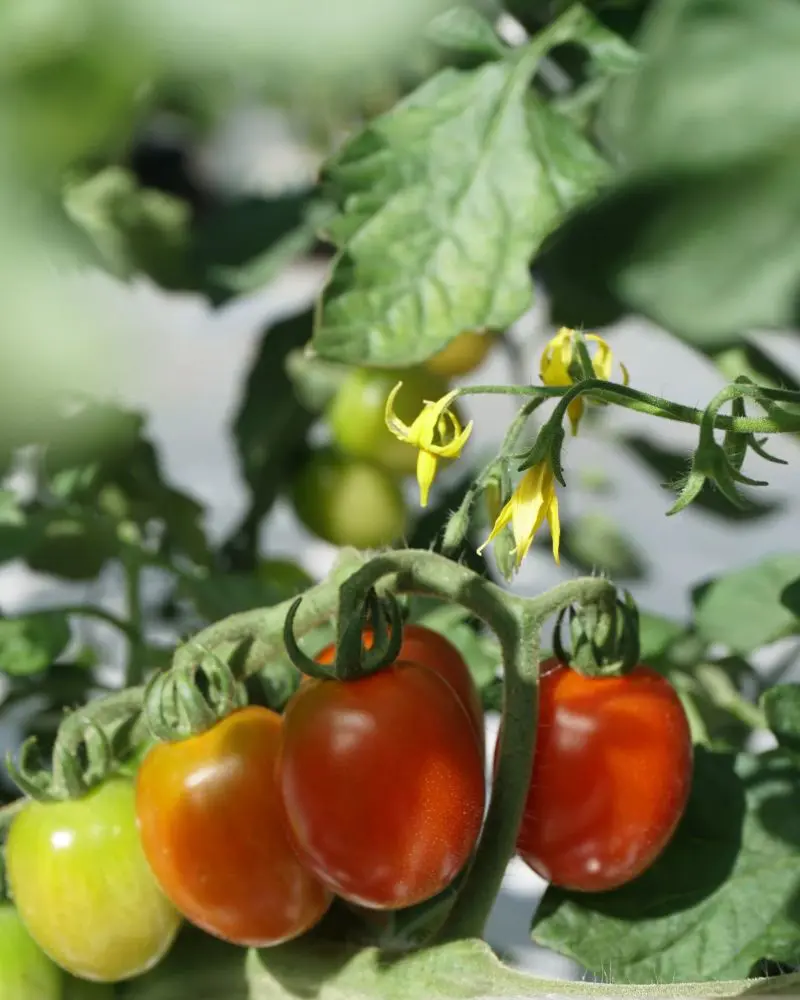
People consider March the perfect time to plant tomatoes and pepper seeds indoors so they can be ready for early spring planting. They can withstand those last frost days of March and April, making them preferable to plant easily indoors.
Begin tomatoes off in a heated glasshouse, or use a sunny windowsill, and then plant them out once all threats of frost pass out. Sowing in early spring will emerge as a tastier summer crop if provided with plenty of light and warmth.
